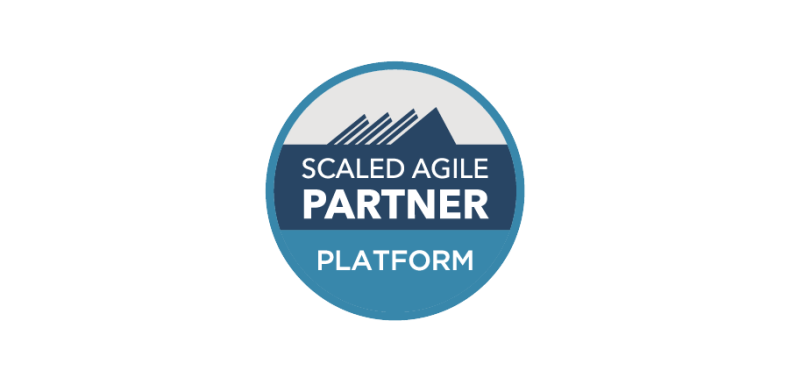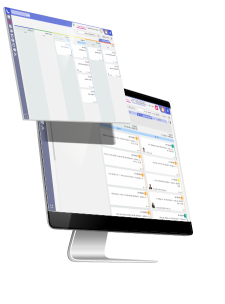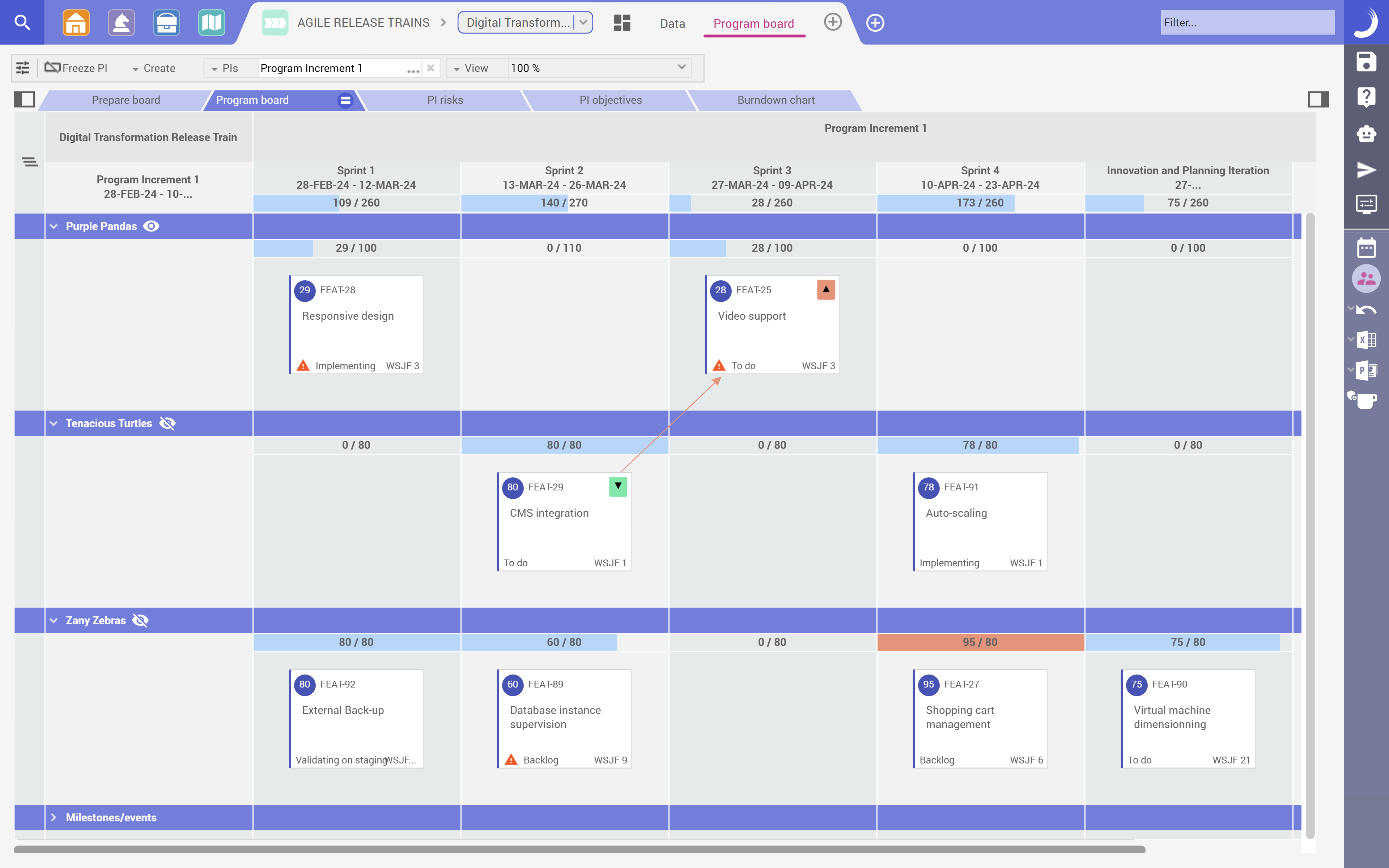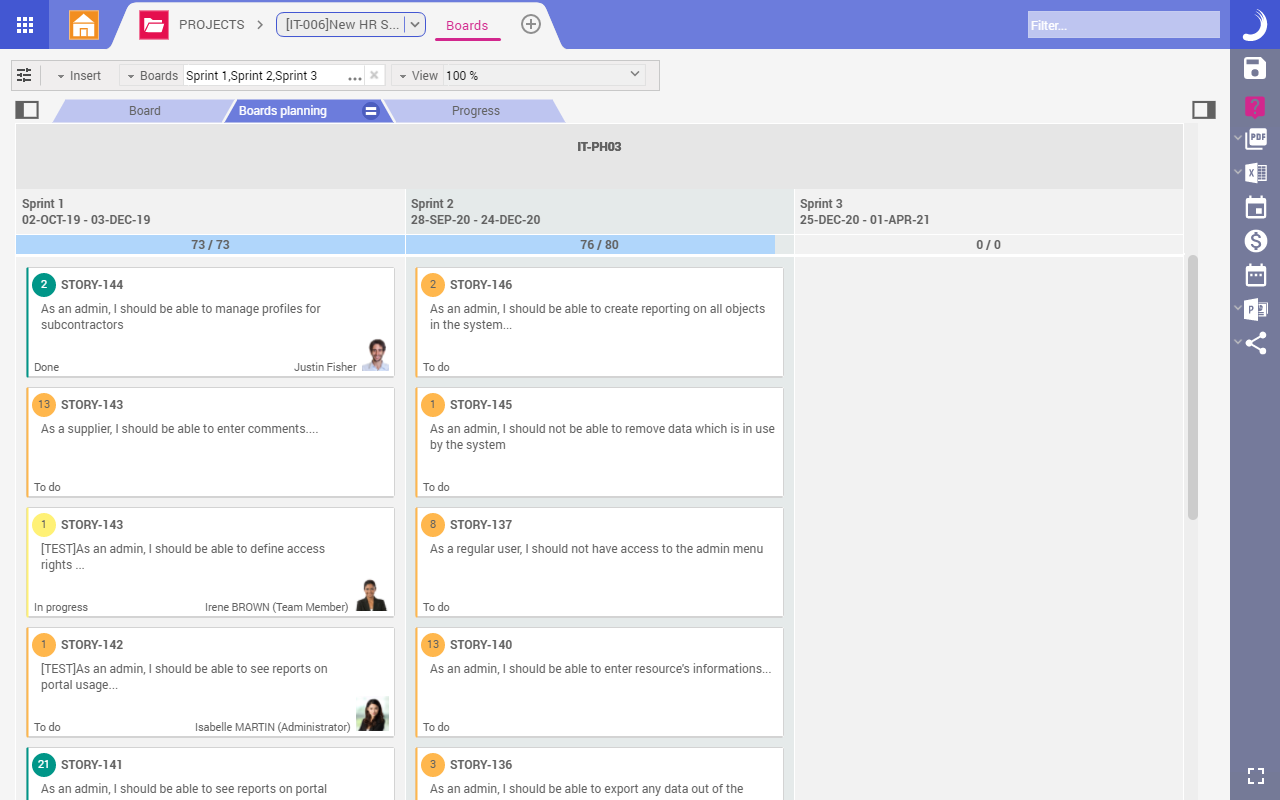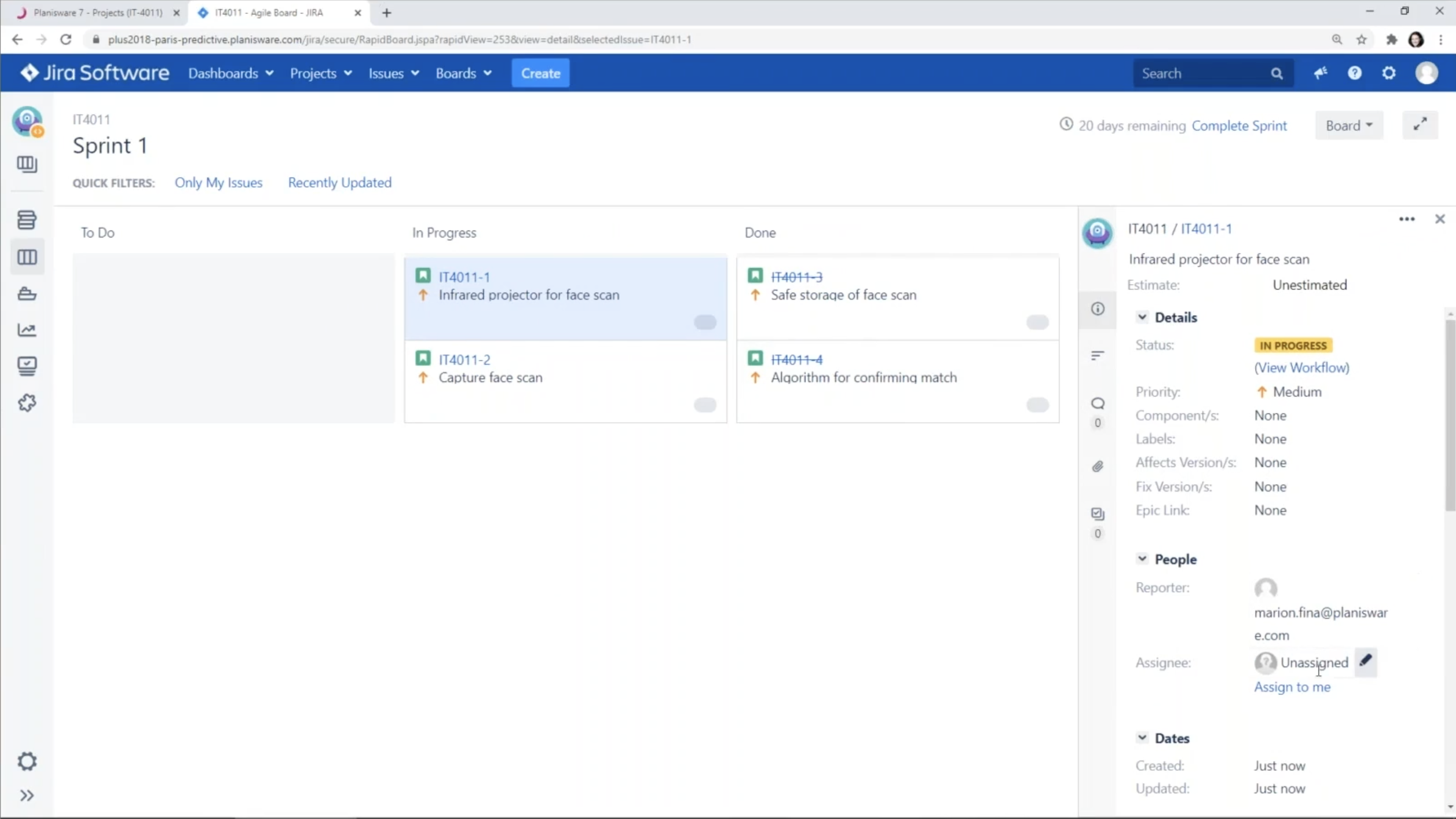Enterprise Agile aims to bring the advantages of Agile - rapid feedback, quick response to change, incremental development - at the enterprise level.
The practice of Enterprise Agile encompasses lean portfolio management, agile funding, agile team, and scaled agile - initiatives involving multiple agile teams.
Planisware is a Scaled Agile Platform partner.
